How to Write the Best Content for Your Private Practice Website
 These days, having a website is essential to the success of your practice. It’s how your ideal clients will find you, and where they’ll learn more about how you can help them.
These days, having a website is essential to the success of your practice. It’s how your ideal clients will find you, and where they’ll learn more about how you can help them.
But a great website doesn’t just have a nice design and soothing colors. More importantly, the most effective private practice websites have well-written, original content that gives visitors exactly what they’re looking for.
You may have heard that in order to have your website rank well in the search engines, you need to write your content for specifically for the search engines. However, this isn’t quite true.
While it is important to optimize your content so that search engines will know when to show your page in their results, writing your content for search engine algorithms alone will leave you sounding like a robot, and potentially leave human visitors in the dust. And what good is a high-ranking web page if nobody sticks around to read it, let alone contact you from it?
In this article, we’ll cover how to write content that enables you to rank high online as well as connect with your ideal client.
Part 1: Write Content For Your Ideal Client
It’s great to have a web page that is ranked on the first page of Google. However, if everyone who visits that page ends up leaving right away because they didn’t find what they were looking for in your content, a top Google ranking won’t do you much good.
Even more important than knowing what Google wants from your website’s content, is knowing what your ideal client will relate with.
Need help determining your Ideal Client?
Figure it out now with our Ideal Client Quiz.
Here are our top content writing tips that will ensure you’re giving visitors of your website the information they want and need:
1. Be Natural
Don’t lose visitors right off the bat by trying to use too many frilly words or complicated descriptions. Keep things simple and easy to follow.
Write your content just like you would speak about it in a casual conversation. By writing things out in a conversational style, your readers will be able to become much more immersed in what you have to say. They’ll likely read much more of your content if they’re able to relate to your tone.
 Hot Tip: HemingwayApp is a free web-based tool that you can use just like any other editor to check your content for complex sentences and other common errors such as confusing words or passive phrases. It shows you all suggestions in an easy to understand color-coded highlighting system.
Hot Tip: HemingwayApp is a free web-based tool that you can use just like any other editor to check your content for complex sentences and other common errors such as confusing words or passive phrases. It shows you all suggestions in an easy to understand color-coded highlighting system.
2. Write About You, But Make It About Them
One of the biggest mistakes you can make when writing content is making it all about you.
Now, don’t let this confuse you too much! You obviously need to let your visitors know about your practice and the services you provide, but the way you share this information is key to keeping their attention and luring them in to finally contact you.
Think about the last time you had a conversation with someone who made everything about them self. Did you enjoy that visit? Probably not…
In fact, most of us are far more likely to enjoy a conversation with someone who asks us questions about our own life and seems genuinely interested in learning about who we are as a person.
If you want to really grab your visitors attention and get them to read your entire page – and ultimately contact you from your website – then you need to tell them how you can help them.
Want to Learn Even More?
Check out our upcoming webinar: How to Write Effective Content for Your Therapist Website
3. Use the Words “You” and “We”
One of the easiest ways to ensure you are writing for your ideal client is to use the words “you” and “we” more throughout your content. This will make the reader feel personally included and they will be much more engaged in what you have to say.
For example, take a look at this:
If you stopped paying attention to what you were reading after the first or second sentence, you weren’t alone!
Now take a look at the same content rewritten to focus personally on the client:
The second example lets the reader know that they’re understood and you, the therapist, want to help them. This simple change in wording can have a huge impact on how visitors respond to your content and whether or not they will contact you from your website.
4. Make Your Content Easy to Skim Through
According to statistics, only about 16% of all the people who visit a website will ever read through a single article in full.
Because of this, you’ll want to make sure you key messages you want to share throughout your website. This will ensure that everyone who visits your page can quickly recognize those key points, you’ll want to break up your content and use these tips to place emphasis where it’s needed:
Shorter paragraphs: Nothing will make a visitor leave your site faster than a dense page of text. It’s important to keep your paragraphs short and concise so you don’t lose your readers’ interest. As a general rule of thumb, try to keep each paragraph on your page between 2-5 sentences long.
Headings and subheadings: Headings and subheadings are wonderful things! They act like an outline for your entire page to show your visitors what to expect from each of your content sections. Since the majority of visitors will scan a page before deciding if it’s worth reading in full, this will give them exactly what they’re looking for.
For example, in the screenshot below, Shotwell Counseling uses a page heading as well as multiple subheadings to split up the content on their Services page.
Bulleted or numbered lists: Putting things into bulleted or numbered lists is another great way to help break up the content on your page into smaller chunks, and help place visual emphasis when it’s needed.
- They’re extremely simple to add with your content from your page editor, much like you would in an email or word document.
- They often attract visitors away from a standard paragraph and to your list, offering them a greater chance for visibility.
- They help break up the presentation of your content.
For example, in the screenshot below, Resilient Heart Therapy has organized their Services into a bulleted list to help draw the eye to the information their visitors were most likely looking for on that page:
Columns: The final trick for splitting up the content on your page is to use columns. Sometimes it’s nice to break away from the standard single-column structure that the majority of your website is formatted in.
Notice how Affinity Counseling Group does this on their Home page to illustrate their most popular specialty services:
Part 2: Optimize for Google
Now that we’ve covered the most important aspects of writing effective content – writing for your human visitors – we can switch our focus over to optimizing that content for search engines. Because, when the correct balance is struck between content writing and search engine optimization, the result is a website that reads and performs wonderfully.
Here are our top tips on optimizing the content you’ve already written so that it will rank well with search engines.
1. Write Original Content
It’s no secret that copying someone else’s content and posting it as your own – whether it’s intentional or not – is wrong.
Just as humans understand this, so do search engines and they have evolved over time to recognize content that has been duplicated from another website. So much so, that if your website contains content that has already been discovered on another site, search engines can penalize you with a poor ranking or even by removing you entirely from their search results pages.
Therefor, if you want a top ranking with Google, it’s absolutely crucial to take the time and make sure your content is 100% your own.
2. Use Keywords in Your Content
Search engine bots don’t actually “read” the content on your website word-for-word. Rather they scan your content for certain words and phrases, known as keywords.
So, if you already know which terms your ideal client is going to be searching for, you can include them in your content.
For example, let’s say you’re writing content for a new specialty service page on your site titled Addiction Treatment. Here are some great keyword examples that you may want to include in that content:
- drug addiction
- alcohol use (or alcohol abuse)
- pornography addiction
- sex addiction
- addiction recovery counseling in [your city]
- addiction support group in [your city]
Notice that we don’t use the single keyword “addiction” but rather more specific versions of that keyword. If you choose keywords that are too broad (like “addiction”) the amount of competition you’ll be facing will make it almost impossible to rank well.
But by narrowing down your keywords with descriptors like those in the above list, you will see much better results in your rankings.
To learn more about how to choose the best keywords for your therapist website, check out The Ultimate SEO Checklist for Therapists.
3. Keep Your Readers’ Interest
Did you know that one of the top factors search engines use to determine your ranking is how long visitors spend on your website? The more time they spend on your site, the higher your ranking will be.
Because of this, one of your major goals when writing content for your website should be to keep visitors on your website as long as possible. But how do you do this?
The key is to write content that your visitors will find interesting enough to read in full and leave them wanting more. Then, giving them easy ways to get more.
Try to find places within your content where you can add links to other pages or posts on your site. For example, if you’re writing the content for a new Couples Counseling Retreat page and you mention your Couples Counseling services, use that opportunity to link back to the Couples Counseling page on your website.
Internal linking such as this will tempt your visitors to visit multiple pages, causing them to spend more time on your site overall and thereby helping to promote website in the search engine rankings.
4. Regularly Update Your Website
One of Google’s favorite things to see in a website is regularly updated and/or newly published content.
In other words, don’t assume just because you published a bunch of really helpful, informative content when you first built your site, that you’ll be able to reap the benefits of it forever. Google tends to rank websites that are consistently posting new, exciting content above those that do not.
One of the easiest ways to keep your private practice website updated with fresh content is by regularly posting to your blog. But that’s not the only way…
If you don’t have the time to write full-length blog posts, consider posting something as simple as a daily inspirational quote. Or take advantage of an automated blogging tool like our Growth Platform.
Need help keeping your website updated with fresh content?
Sign up for a free trial of the Growth Platform!
Content Writing Just Got a Bit Easier
Hopefully, you’ve taken away some great tips on how to write engaging content for your private practice website.
If you’d like to learn more about content writing for specific pages on your therapist website, check out these articles from our blog:
- How to Write a Better Homepage that Gets Clients to Contact You
- Specialty Pages: How To Write Pages That Convert For Your Practice
- Blogging in Private Practice: How to Write Blog Posts that Connect & Engage Your Potential Clients
Ready to See How Brighter Vision Can Help You Get More Clients?
SOURCES:
- https://www.nngroup.com/articles/how-users-read-on-the-web/
- http://hemingwayapp.com/
- http://www.siteliner.com/




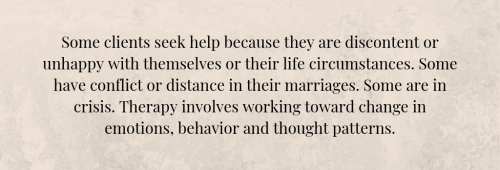
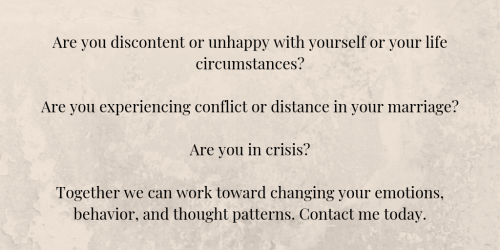
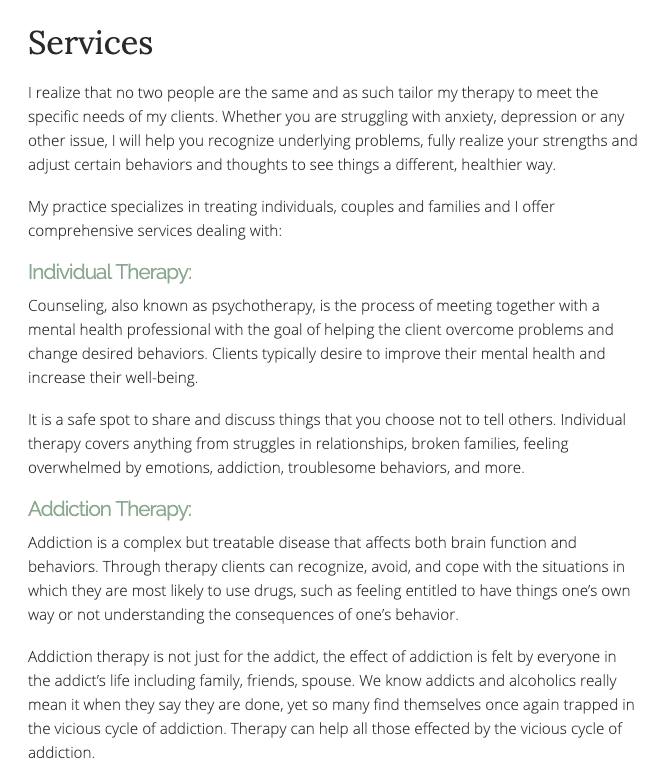
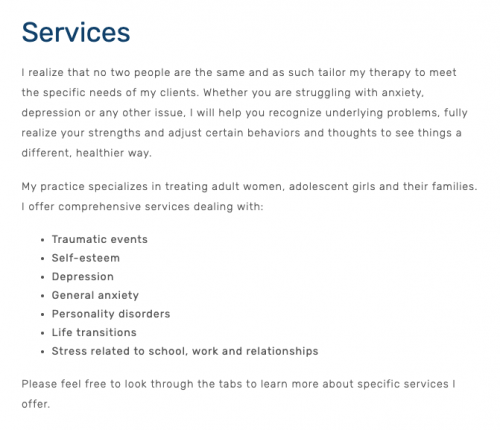
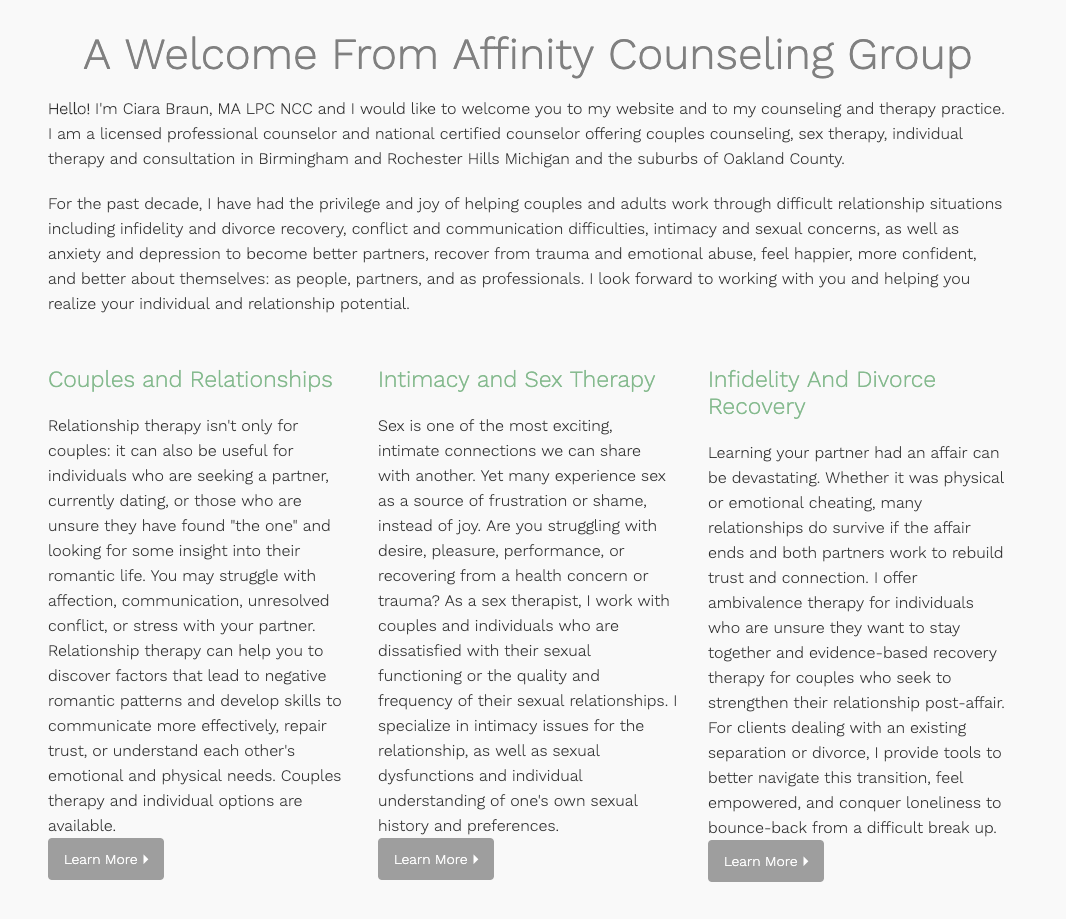


So amazing content writing tips for beginner bloggers. I will definitely use your tips to write really interesting content for my website. I hope that you will continue sharing this type of articles.